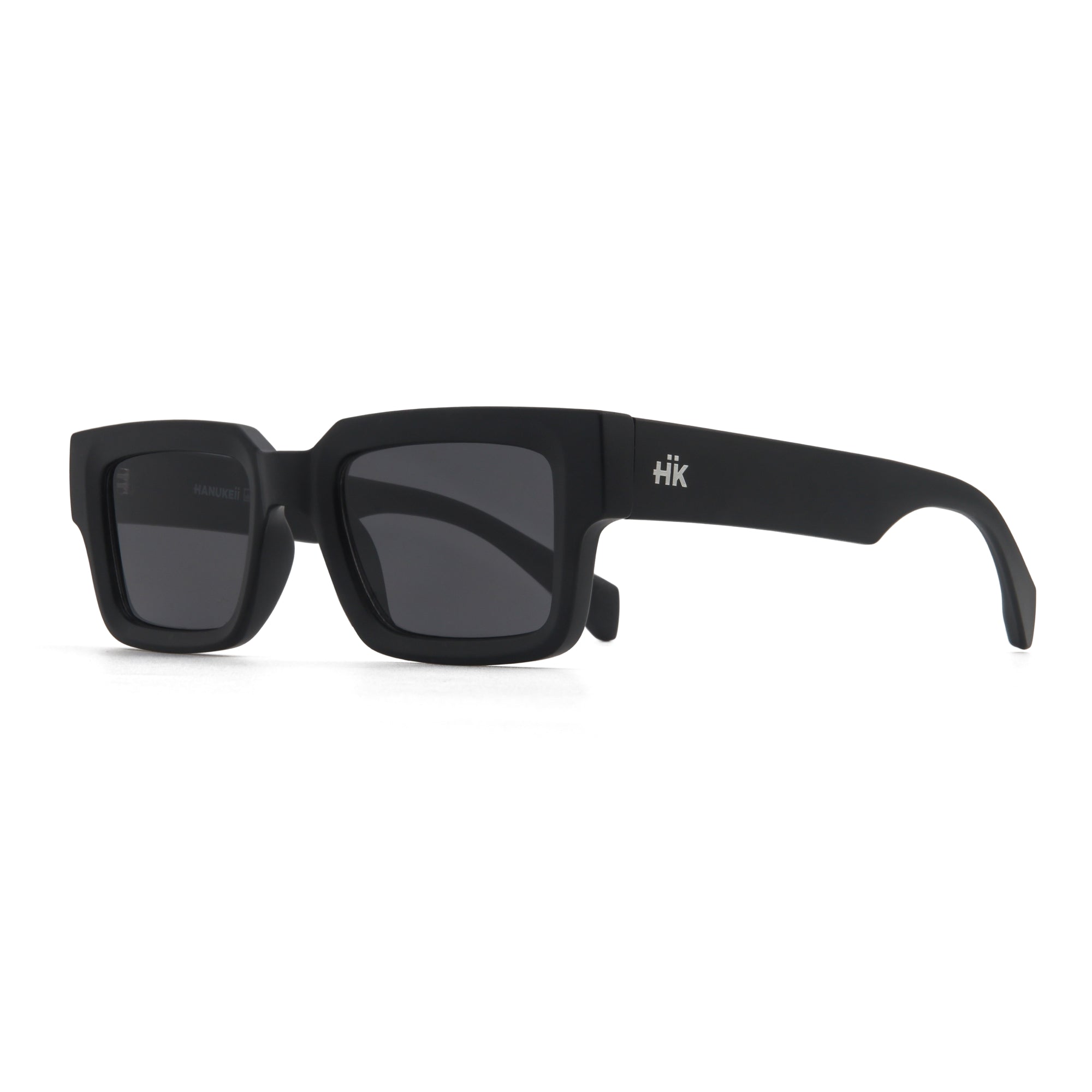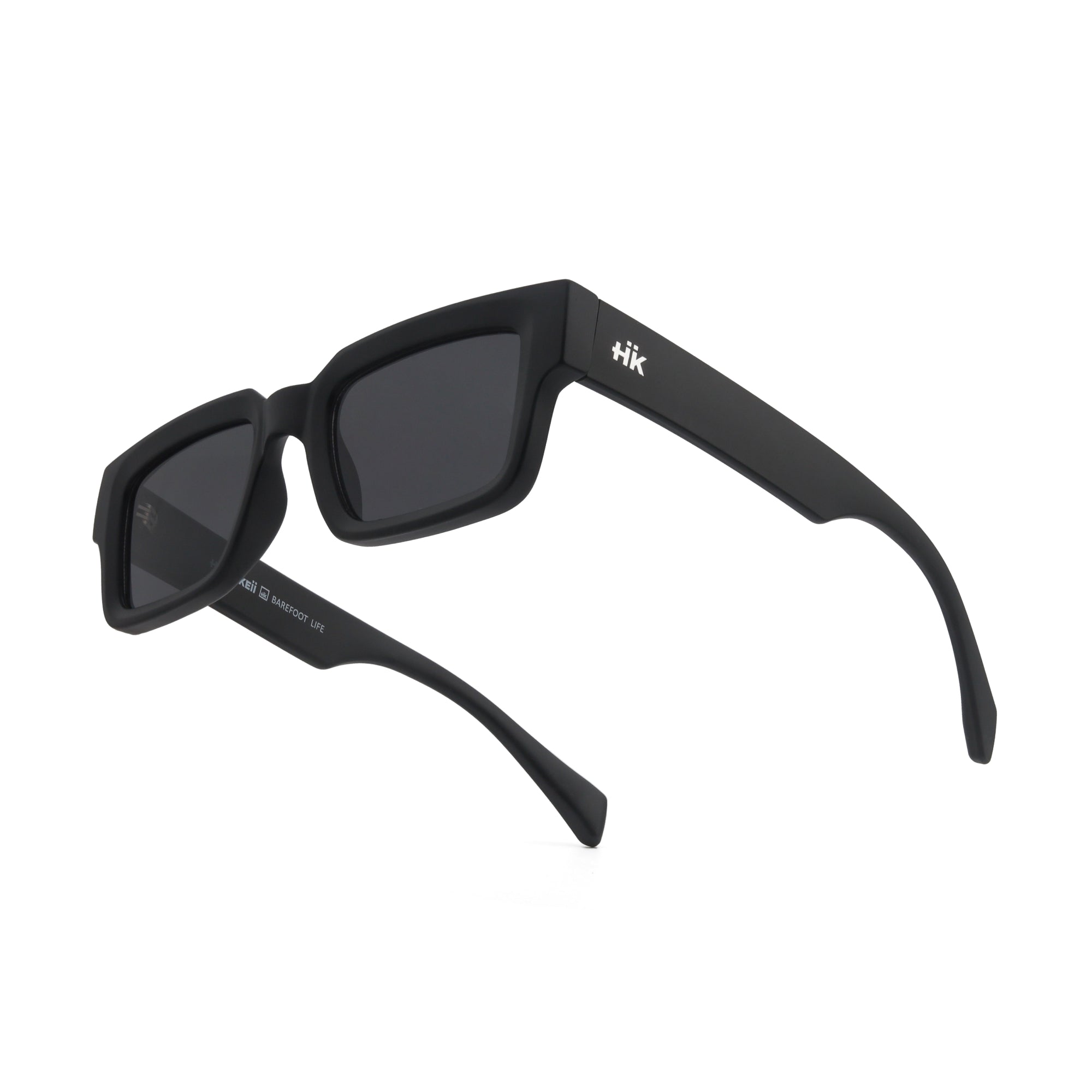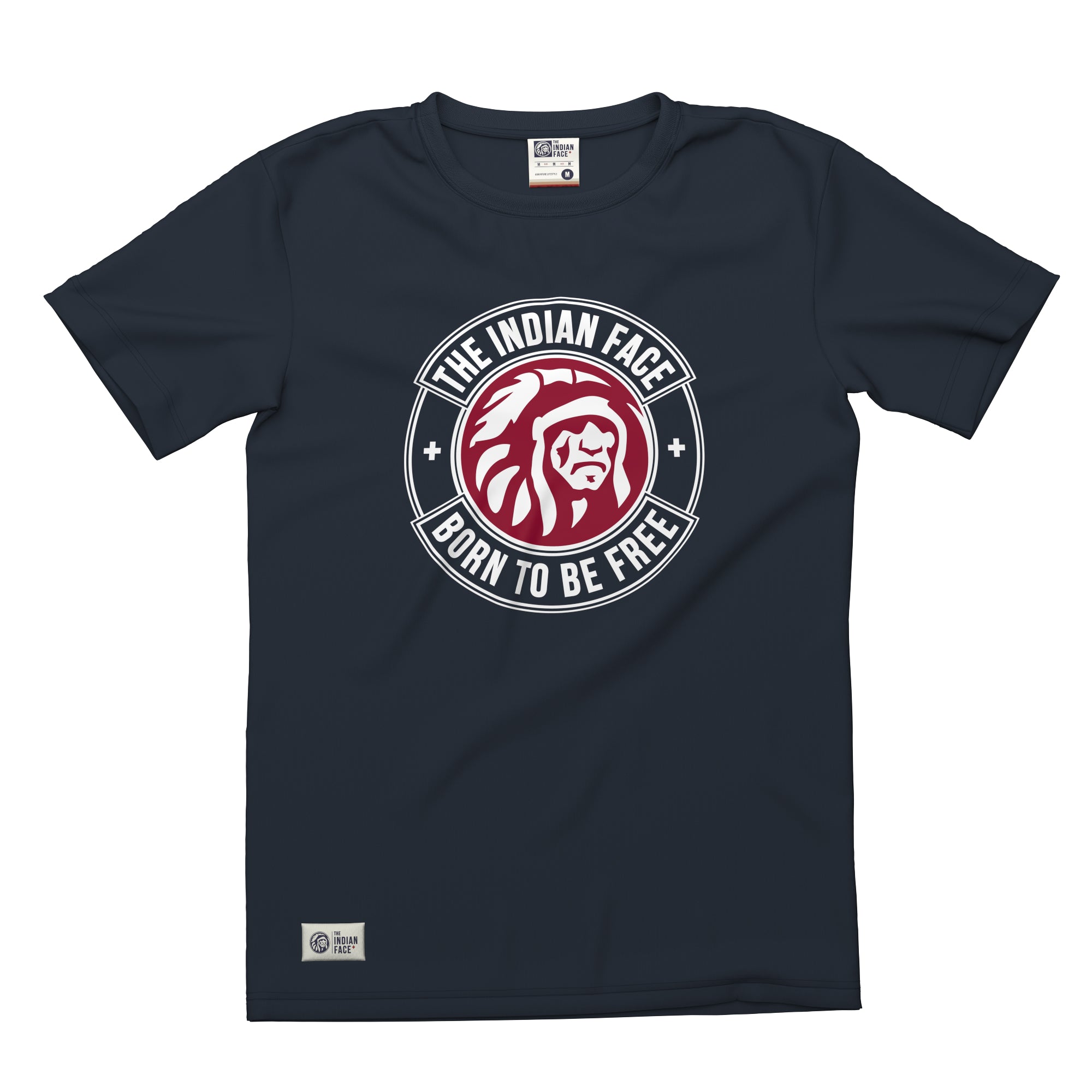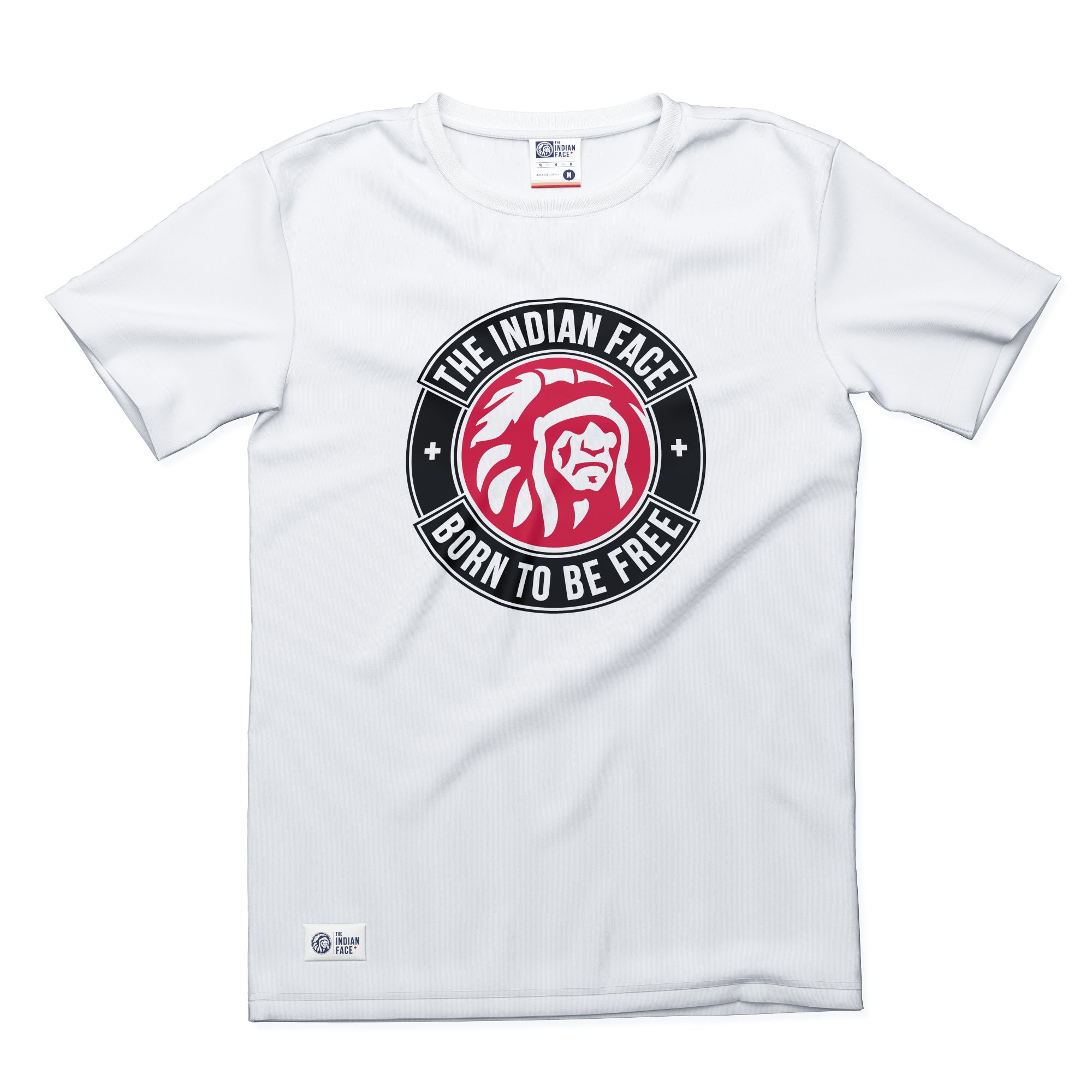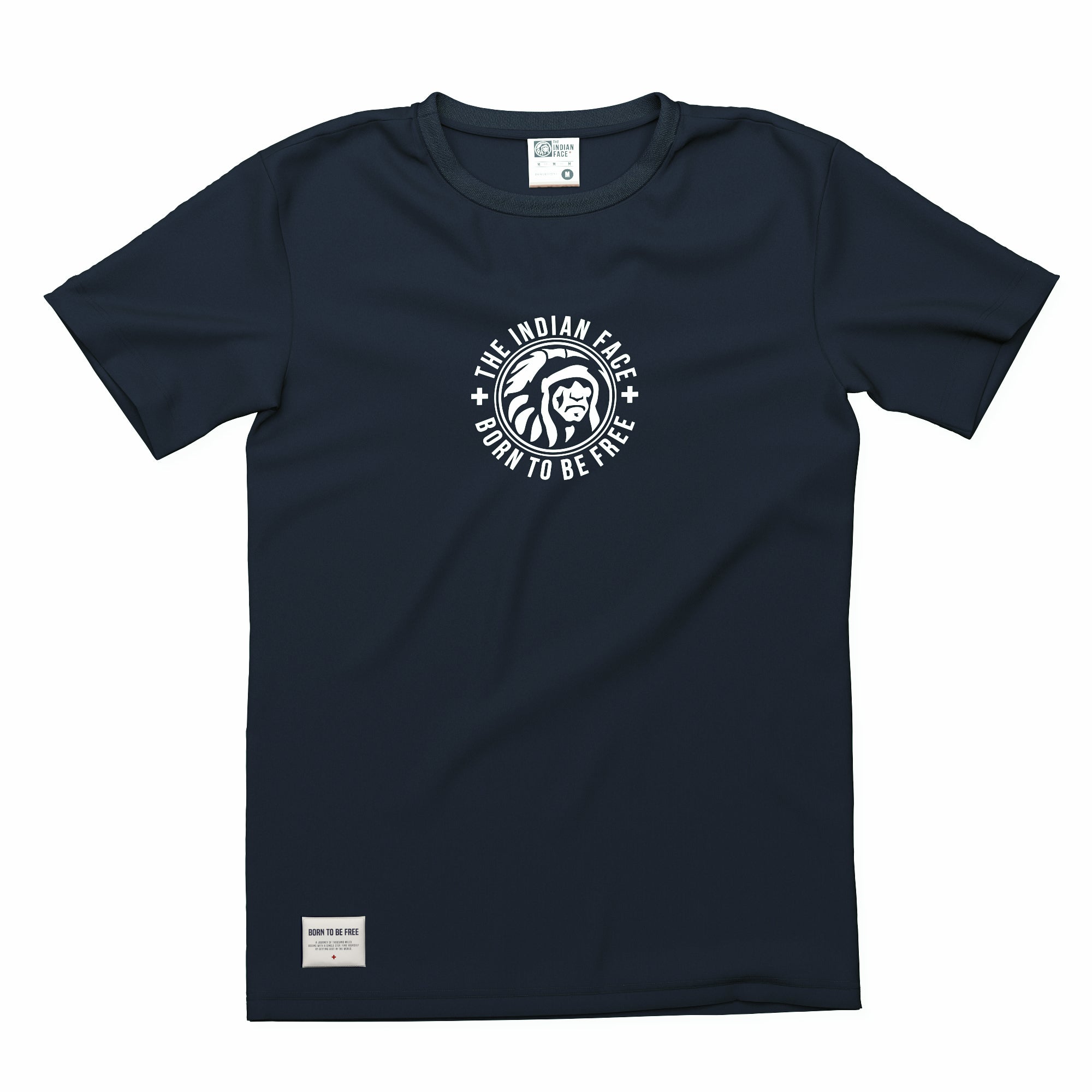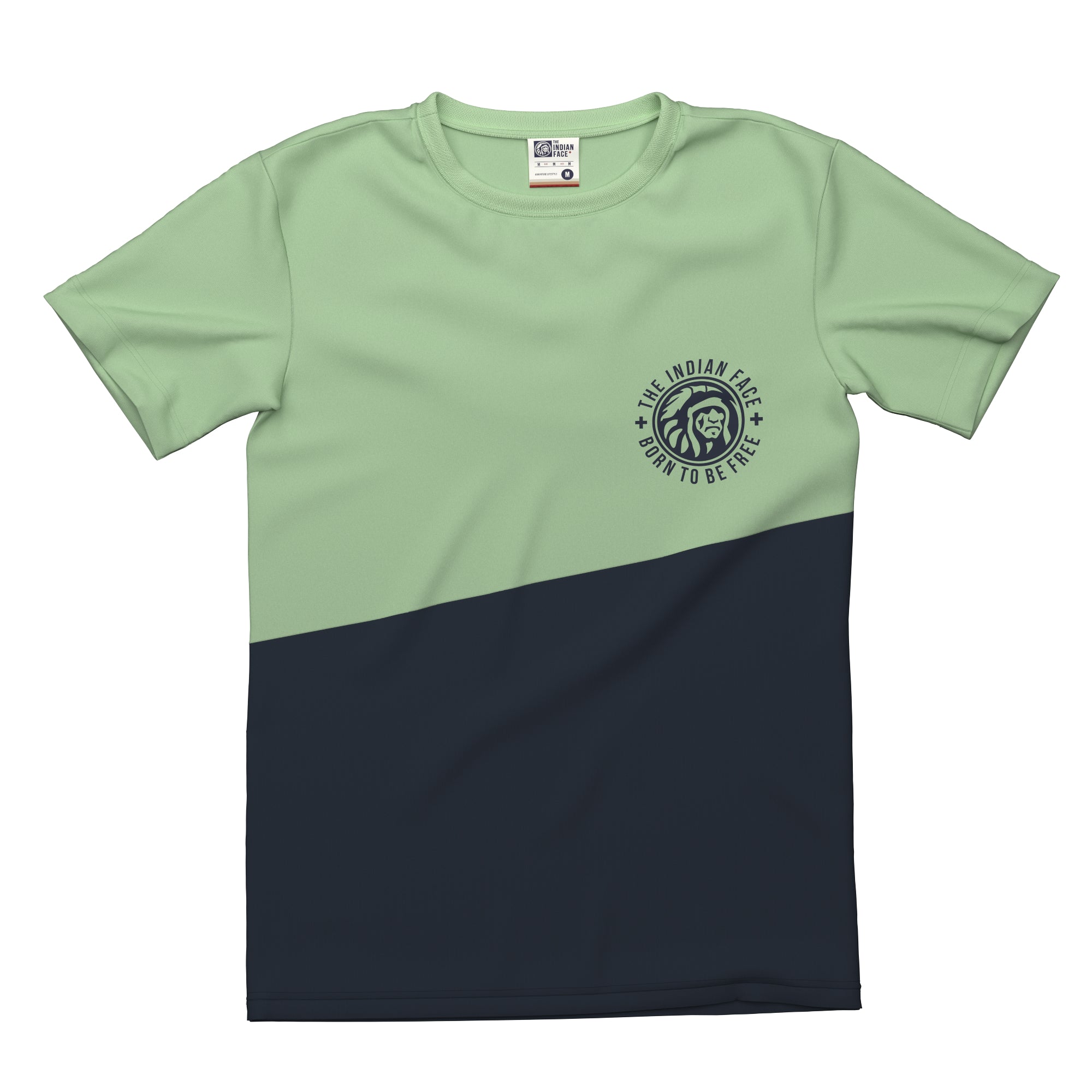Cheesecake is a delight that transcends culinary boundaries. Its creamy texture, delicate flavor and versatility in combination with a variety of ingredients make it a dessert revered around the world. However, achieving perfection in this gastronomic masterpiece requires not only technical skill, but also a deep knowledge of the ingredients and the preparation process. In this article, we'll explore the secrets behind the perfect cheesecake recipe, from choosing ingredients to proper cooking methods.
History and origin of cheesecake
The historical origins of cheesecake date back to ancient times, with evidence suggesting that primitive versions of this delicious dessert could have been prepared thousands of years ago. Although it is difficult to determine precisely when and where it first emerged, traces of similar recipes have been found in various cultures throughout history.
One of the first written references to a cheesecake is found in Ancient Greece, where the Athenian poet Aeschylus mentioned a dessert called "plakous" in his works. Although it is not specified with certainty whether this "plakous" was a cheesecake in the modern sense, it is believed that it was a type of flat cake made with cheese, honey and dough.
In ancient Rome, the existence of a dessert called "libuma" or "libum" is documented, which consisted of a dough of wheat flour mixed with cheese and honey, which was baked in an oven. This dessert is very similar to modern cheesecakes and is considered one of the precursors of this popular dish.
During the Middle Ages, cheesecake remained a popular dessert in Europe, especially in regions where cheese production was abundant. References to various cheesecake recipes can be found in medieval manuscripts, which often included ingredients such as fresh cheese, eggs, sugar and spices.
With the passage of time, cheesecake became popular in different parts of the world, adopting ingredients and preparation techniques specific to each culture. In the 18th century, cheesecake began to gain popularity in North America, especially among British colonial communities, who adapted and modified European recipes to suit their tastes and culinary preferences.
As we have seen, the historical origins of cheesecake are ancient and multifaceted, with roots dating back to ancient times and having evolved over the centuries to become the popular and versatile dessert we know today in day. Its history reflects the cultural and culinary diversity of humanity, as well as the capacity for adaptation and creativity of chefs over time.
Types of cheesecakes:
Cheesecakes are a versatile and delicious dessert that lends itself to a wide variety of types and flavors, from classics to more creative and exotic versions. Here I present some of the most popular types and characteristic flavors of cheesecakes:
- Classic cheesecake: Classic cheesecake is the most traditional version of this dessert, usually made with a crushed cookie base, a mixture of cream cheese, eggs, sugar and vanilla, and baked until firm. It can be served alone or with a variety of toppings, such as fresh fruit, fruit coulis, or caramel sauce.
- New York Cheesecake: This variety of cheesecake is known for its dense, creamy texture, as well as its intense cream cheese flavor. New York cheesecake is baked without any toppings or toppings, allowing the flavor of the cheese to shine on its own.
- No-Bake Cheesecake: This version of cheesecake requires no baking and is made with a mixture of cream cheese, whipped cream and gelatin, which is chilled in the refrigerator until firm. It's a fresh, light option for the warmer months and can be customized with a variety of flavors and toppings.
- Japanese cheesecake: Also known as "jiggly cheesecake," this variety of cheesecake is famous for its fluffy, light texture, which is achieved by beating egg whites and adding them to the cream cheese mixture. It is a delicate and delicious dessert that melts in your mouth.
- French-style cheesecake: This version of cheesecake is made with mascarpone cheese instead of cream cheese, giving it a softer texture and more delicate flavor. It is usually served with fresh fruits or a layer of jam on top.
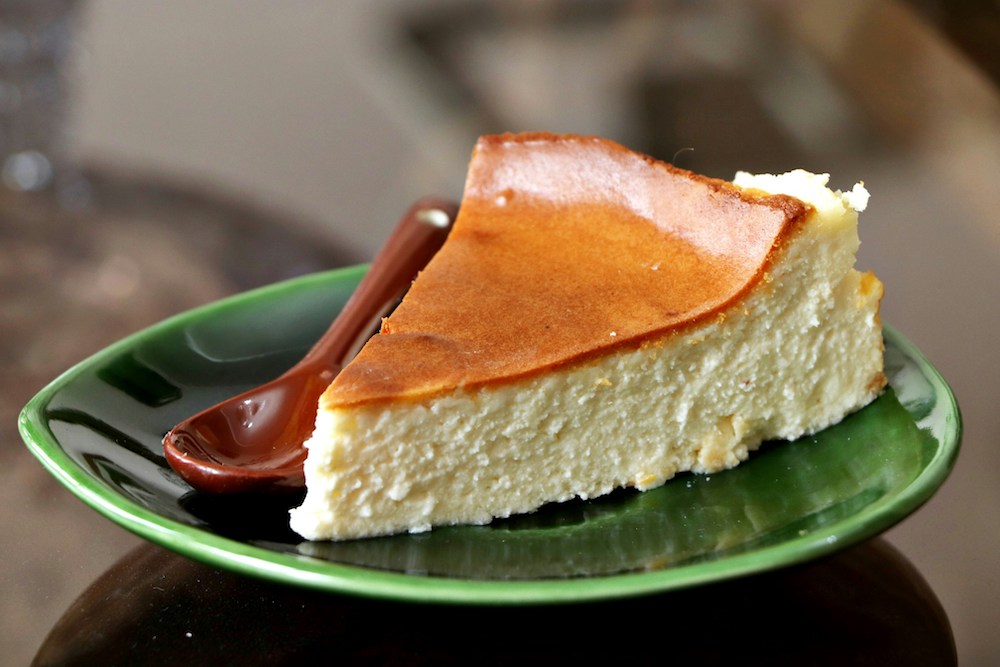
However, we come to bring you the recipe for the original baked cheesecake. Below we bring you the ingredients and the right steps to achieve the perfect classic cheesecake.
The right choice of ingredients:
The first step to creating a sublime cheesecake is to carefully select the ingredients. The quality of the products you use will have a significant impact on the final result.
- Cheese: the star ingredient of any cheesecake is, of course, cheese. The choice of cheese type is crucial for the flavor and texture of the dessert. Cream cheese is the most common option, as it provides a soft and creamy texture. However, you can experiment with other types of cheese, such as mascarpone cheese for a denser texture or ricotta cheese for a milder flavor.
- Eggs: Eggs act as a binding agent in cheesecake, providing structure and helping the mixture hold together. Use fresh, high-quality eggs for best results.
- Sugar: Sugar adds sweetness to the cheesecake and balances the acidity of the cheese. Opt for white sugar or cane sugar, depending on your personal preference.
- Cookie base: The cookie base is the bed on which the delicious cheese mixture rests. You can use digestive biscuits, shortbread biscuits or even crushed chocolate biscuits. Make sure to crush them finely and mix them with melted butter so that the base is compact and firm.
The preparation process:
Once you've gathered all the ingredients, it's time to get to work and start preparing the perfect cheesecake. Follow these steps to obtain an exceptional result:
- Preparation of the base: Start by preparing the cookie base. Crush the cookies until you obtain fine crumbs and mix them with melted butter. Press the mixture into the bottom of a previously greased tart pan and bake for a few minutes until the base is lightly golden. Let cool while you prepare the filling.
- Preparation of the filling: In a large bowl, beat the cream cheese with sugar until smooth and creamy. Add the eggs one at a time, beating well after each addition. Add any additional ingredients, such as vanilla extract, lemon zest, or fresh fruit, depending on your preference.
- Assembly and baking: Pour the cheese mixture over the cooled biscuit base and spread it evenly. Gently tap the mold on the counter to remove any trapped air bubbles. Bake the cheesecake in a preheated oven at a low, constant temperature. Slow and even cooking is key to avoiding cracks on the surface of the cake.
- Cooling and Resting: Once the cheesecake is ready, remove it from the oven and let it cool to room temperature before refrigerating. It is important to allow the cake to cool slowly to avoid cracking the surface. Refrigerate it for at least four hours, or preferably overnight, so it gets the perfect texture and the flavors settle.
Tips and tricks to get the perfect cheesecake
It is important to take into account the temperature of each of the ingredients. Make sure all the ingredients, especially the cream cheese and eggs, are at room temperature before you start preparing the mixture. This will ensure a smooth and uniform texture in the finished cake.
On the other hand, you should always avoid creating an overmix: Overbeating the cheese mixture can incorporate too much air, which can result in a cheesecake with a rubbery texture. Beat ingredients just until combined and smooth.
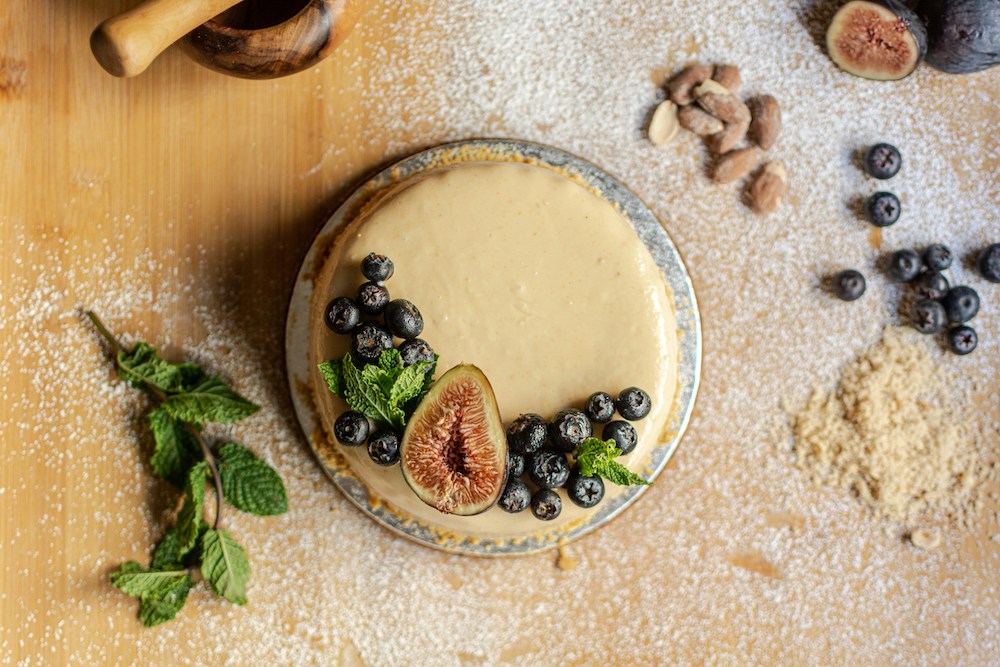
When removing the cake from the oven and its mold, it is very important to do so carefully and, if possible, use a removable mold. To facilitate unmolding and obtain an impeccable presentation, use a cake pan with a removable bottom. This will allow you to easily remove the cake once it is ready.
Once you've mastered the basic recipe, don't be afraid to experiment with different decorations and toppings. From fresh fruits to fruit coulis, syrups, ice cream, cookies or cookie shavings... the possibilities are endless.
Culinary innovation in the world of cheesecakes
Cuisine is a field in constant evolution, where creativity and experimentation play a fundamental role in the creation of new dishes and flavors. In this context, cheesecakes have been the subject of increasing culinary innovation, where chefs and cooking enthusiasts have explored new cooking techniques, alternative ingredients and creative presentations to take this classic dessert to new heights.
One of the most exciting aspects of culinary innovation in cheesecakes is the development of new cooking techniques that allow for surprising results in terms of texture and flavor. Traditionally, cheesecakes were baked in a conventional oven, but new ways to cook this dessert have emerged in recent years.
- The sous vide technique, for example, has gained popularity among professional and amateur chefs for its ability to cook food evenly at a precise and controlled temperature. When applying this technique to cheesecakes, you can obtain incredibly smooth and creamy results, with a melt-in-your-mouth texture.
- Another innovative technique is using the Instant Pot or Slow Cooker to make cheesecakes. These devices allow the cake to be slowly cooked at a low temperature, resulting in a denser and more uniform texture, similar to that of a flan. Additionally, the versatility of these appliances allows you to experiment with a variety of recipes and flavors.
In short, the perfect cheesecake is the result of a careful combination of quality ingredients, expert preparation techniques, and a touch of creativity. With the right recipe and tips, you can create a dessert that will delight the palates and capture the hearts of all who try it. So put on your apron, turn on the oven and immerse yourself in the wonderful culinary odyssey of the perfect cheesecake. Bon appetit!
FREQUENTLY ASKED QUESTIONS ABOUT CHEESE CAKE
What type of cheese is used to make cheesecake?
The most commonly used cheese to make cheesecake is cream cheese, due to its soft and creamy texture. However, other types of cheese can also be used, such as mascarpone cheese, ricotta cheese, or even cottage cheese, depending on the desired flavor and texture.
Why is my cheesecake cracking on the top?
Cracks on the surface of cheesecake are usually the result of overbaking or sudden changes in temperature during the baking process. To avoid this, it is important to bake the cheesecake at a low, constant temperature, and allow it to cool slowly once it is ready.
How long can cheesecake be kept in the refrigerator?
Cheesecake can be kept in the refrigerator for several days, usually up to a week, as long as it is tightly covered to prevent it from drying out or absorbing odors from the refrigerator.
Can you make a gluten-free version of cheesecake?
Yes, you can make a gluten-free version of cheesecake by replacing the cookie base with a base of almond crumbs, coconut or even crushed gluten-free oats. Additionally, it is important to ensure that all ingredients used are gluten-free.






